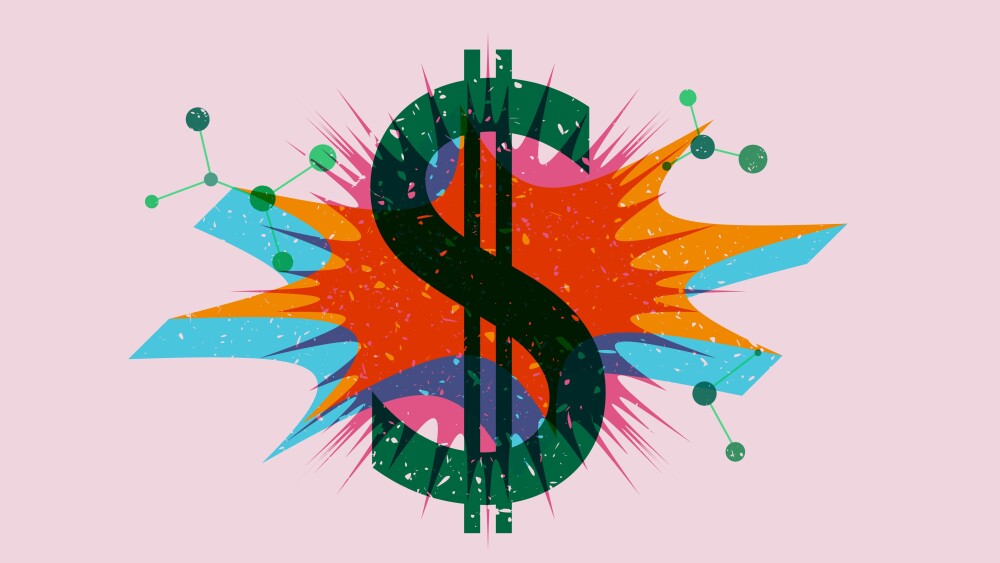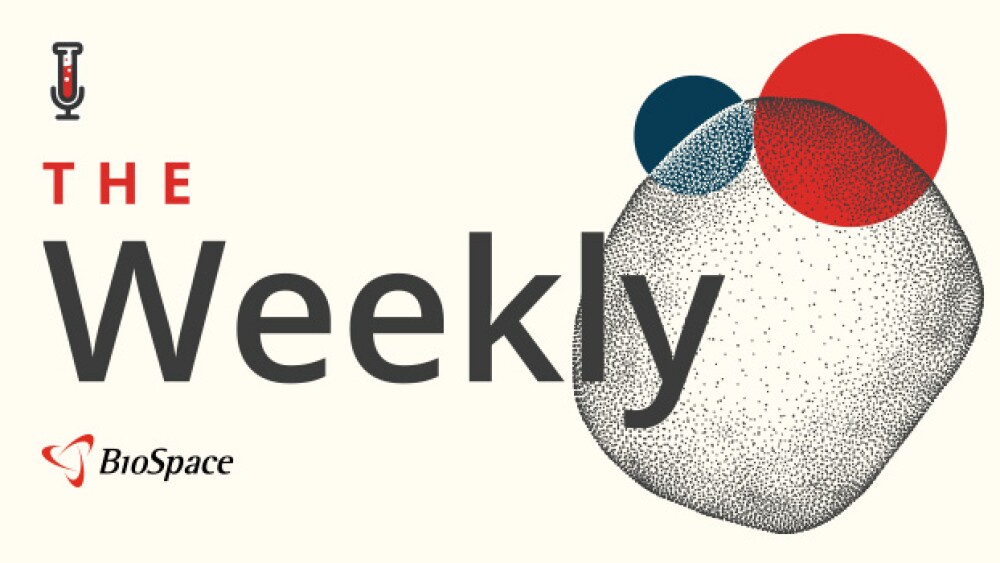The drugmaker’s dominance of the obesity market is fueling predictions that years of growth lie ahead.
Eli Lilly has broken free from the Big Pharma pack. Fueled by sky-high expectations for the GLP-1 market, Lilly has achieved a growth rate and valuation that have more in common with AI-fueled tech stocks than other large drugmakers. The shift has taken Lilly to the cusp of a milestone largely reserved for the tech elite: A $1 trillion valuation.
Apple became the first $1 trillion company on U.S. public markets in 2018. Six of the eight companies to follow in Apple’s footsteps are tech companies, with the tech-adjacent car company Tesla and Warren Buffett’s conglomerate holding company Berkshire Hathaway the only exceptions.
Lilly’s market cap rose above $990 billion in November. Johnson & Johnson is the second largest pharma company by value with a sub-$500 billion valuation. Lilly’s market cap is roughly equal to the combined value of Bristol Myers Squibb, GSK, Merck, Novo Nordisk, Sanofi and Pfizer combined. The divergence of valuations reflects the potential for Lilly to dominate the vast GLP-1 market.
“The key to Lilly’s high multiple relative to peers is a belief that they will continue to grow and garner a majority of the market share into the end of the decade and beyond,” BMO Capital Markets analyst Evan Seigerman told BioSpace.
The Path to $1T
With Mounjaro and Zepbound, Lilly has become the dominant force in injectable GLP-1 drugs. Lilly CEO Dave Ricks said on a recent podcast that the company’s products are winning 70% to 75% of new patient capture in the U.S. While Novo Nordisk made the early running in the injectable GLP-1 market, Lilly has overtaken the Danish drugmaker and has a major head start on companies planning to enter the sector. Truist Securities now believes that Lilly’s obesity trio—Mounjaro and Zepbound, as well as the hotly anticipated oral option orforglipron—will reach $101 billion in peak worldwide revenue.
Lilly is aiming to repeat its injectable success in the oral market with orforglipron. While some data on orforglipron have disappointed investors, Lilly is poised to become the first company to win approval for an oral small molecule GLP-1 drug. Novo’s oral Wegovy could beat orforglipron to market, but that drug is a peptide. Small molecules are cheaper to manufacture than peptides.
Morningstar analyst Karen Andersen told BioSpace that small molecule GLP-1 drugs can “serve the entire planet,” putting Lilly in “a great position to launch orforglipron globally.” In contrast, Andersen said she expects Novo to initially prioritize the U.S. amid concerns that the oral Wegovy dose is so large that global uptake could risk another shortage of its GLP-1 receptor agonist.
The cost of production could shape the U.S. market as the prices of GLP-1 drugs come down. Lilly and Novo’s recent deal with the White House offsets lower prices against increased access. Leerink Partners analysts said in a note to investors that Lilly estimates 8.5 million U.S. patients take obesity drugs today. Lilly has calculated that the Medicare deal will add 40 million potential patients.
Analysts at Leerink, BMO and other investment groups have predicted Lilly’s scale and manufacturing capabilities could enable it to succeed as the GLP-1 market shifts to being driven by volume rather than price. Volume growth could overcome pricing headwinds in both the injectable and oral markets, setting Lilly on course for a $1 trillion market cap.
Lilly’s share price climbed in the aftermath of the White House deal as multiple analysts raised their price targets. Yet while the deal and increasingly bullish analyst forecasts may have contributed to Lilly nearing a $1 trillion valuation, the company’s rising share price could also be a product of broader shifts in the thinking of investors.
“As investors look for diversification away from the AI trade, they go back to obesity, they go back to this stock,” Seigerman said. “So, Lilly can definitely become a trillion-dollar company. But a lot of that at the moment is just driven by the broader environment. If we have a situation where you see a market downturn, then every stock will be impacted, including Lilly.”
Freedom Broker analyst Ilya Zubkov made a similar point, telling BioSpace via email that Lilly potentially having a $1 trillion valuation is “largely a function of market volatility.” Zubkov is more skeptical about Lilly than many analysts. While predicting the “price-for-volume strategy will ultimately prove favorable,” Zubkov called Lilly’s valuation “stretched” and questioned if the company will lead the oral market.
Staying on top
The anticipated launch of orforglipron next year is one of a potential series of authorizations that could establish Lilly in multiple niches of the obesity market. Leerink analysts said retatrutide’s approval in 2027 could enable Lilly to treat more severely obese patients or those who are unsuccessful on Zepbound, and eloralintide’s approval in 2028 could benefit people who cannot tolerate GLP-1s or “want an off-ramp.”
Lilly faces competition across the market, with Seigerman naming a Novo trial that is pitting CagriSema against Zepbound as a study that could slow the GLP-1 leader’s progress. But analyst price targets point to the belief that Lilly’s valuation will reach $1 trillion at some point as its existing injectables grow, orforglipron launches and the obesity portfolio expands.
If that happens, Lilly will become the first drugmaker to face the challenge of maintaining a $1 trillion valuation. Most tech companies that have hit the milestone have gone on to achieve multi-trillion-dollar market caps. Patents make pharma a more cyclical business than tech, with top-selling drugs going from inflating to suppressing share prices as off-patent competition nears.
With the U.S. compound patent for Mounjaro and Zepbound set to expire in 2036, Lilly is still early in the GLP-1 cycle, but Ricks is already looking ahead to how to counter the threat of biosimilars and generics. The Lilly CEO recently outlined a vision for creating a “self-pay branded business that has staying power beyond the patent cycle.”
That plan could be the lasting legacy of Lilly’s rise. While other companies have missed the chance to be an early mover in an era-defining market, they could theoretically adapt and adopt Lilly’s plan to turn production scale, comprehensive portfolios and brand recognition into franchises that survive the arrival of off-patent competitors.






